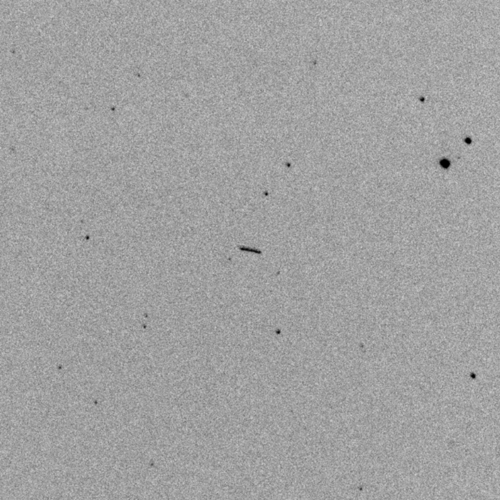R&D Days on Propulsion and Flight Vehicles
Wednesday, 16 March 2022 09:01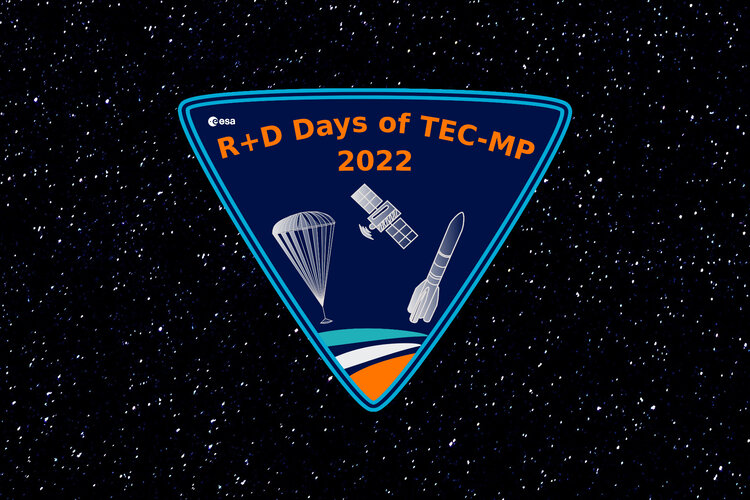
R&D Days on Propulsion and Flight Vehicles
Register for a 22–24 March 2022 ESA webex on current and future propulsion technologies with Q&A
Gaia snaps photo of Webb at L2
Wednesday, 16 March 2022 09:00
On 18 February, the NASA/ESA/CSA James Webb Space Telescope was photographed by ESA’s Gaia observatory.
Unlimited 3D printing for space
Wednesday, 16 March 2022 08:20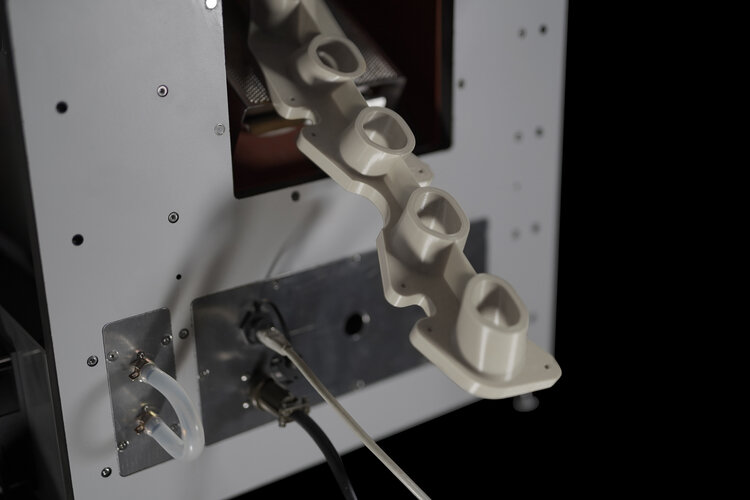 Image:
Unlimited 3D printing for space
Image:
Unlimited 3D printing for space Lunar scientists and engineers design Moon cave explorer
Wednesday, 16 March 2022 06:21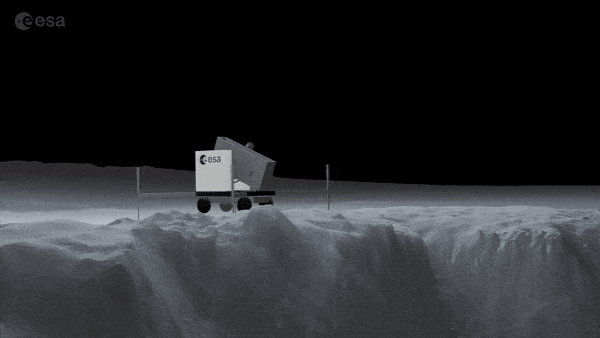
Lunar caves are not only a geologically pristine record of the Moon's history, but they could also provide a safe home for future human explorers. Building upon ESA Discovery's OSIP call and SysNova challenge, ESA gathered a spectrum of over 60 experts in many different areas of science and engineering to design a mission to enter a pit on the Moon's surface and explore the entrance to a lunar cave.
Astra launches three satellites in successful mission from Alaska
Tuesday, 15 March 2022 21:58 California-based rocket company Astra Space launched three small satellites from Alaska on Tuesday morning and said the payloads deployed successfully.
The rocket, LV0009, lifted off from Pacific Spaceport Complex on Kodiak Island as planned at 9:22 a.m. PDT.
"We have great news to report," Astra CEO Chris Kemp said on a live broadcast a little over an hour after launch. "The pay
California-based rocket company Astra Space launched three small satellites from Alaska on Tuesday morning and said the payloads deployed successfully.
The rocket, LV0009, lifted off from Pacific Spaceport Complex on Kodiak Island as planned at 9:22 a.m. PDT.
"We have great news to report," Astra CEO Chris Kemp said on a live broadcast a little over an hour after launch. "The pay NASA system predicts impact of small asteroid
Tuesday, 15 March 2022 19:54
A small asteroid hit Earth's atmosphere over the Norwegian Sea before disintegrating on March 11, 2022. But this event wasn't a complete surprise: Astronomers knew it was on a collision course, predicting exactly where and when the impact would happen.
Two hours before the asteroid made impact, K. Sarneczky at the Piszkéstető Observatory in northern Hungary first reported observations of the small object to the Minor Planet Center—the internationally recognized clearinghouse for the position measurements of small celestial bodies. The object was posted on the Minor Planet Center's Near-Earth Object Confirmation Page to flag it for additional observations that would confirm it as a previously unknown asteroid.
NASA's "Scout" impact hazard assessment system then took these early measurements to calculate the trajectory of 2022 EB5. As soon as Scout determined that 2022 EB5 was going to hit Earth's atmosphere, the system alerted the Center for Near Earth Object Studies (CNEOS) and NASA's Planetary Defense Coordination Office, and flagged the object on the Scout webpage to notify the near-Earth object observing community. Maintained by CNEOS at NASA's Jet Propulsion Laboratory in Southern California, Scout automatically searches the Minor Planet Center's database for possible new short-term impactors.
DoD estimates $2.5 billion price tag for global constellation to track hypersonic missiles
Tuesday, 15 March 2022 18:03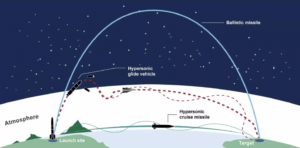
A $550 million congressional add-on in 2022 would only be a down payment to kickstart the deployment of a 28-satellite constellation of infrared space sensors in low Earth orbit
The post DoD estimates $2.5 billion price tag for global constellation to track hypersonic missiles appeared first on SpaceNews.
Astra’s Rocket 3.3 returns to flight with successful launch
Tuesday, 15 March 2022 17:15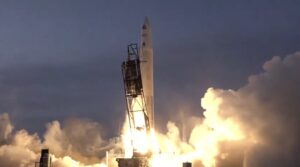
Astra successfully returned its Rocket 3.3 vehicle to flight March 15, placing several payloads into low Earth orbit.
The post Astra’s Rocket 3.3 returns to flight with successful launch appeared first on SpaceNews.
Kymeta secures $84 million to scale up antenna production
Tuesday, 15 March 2022 15:02
Antenna maker Kymeta said March 15 it has raised $84 million to expand manufacturing facilities ahead of deploying its first flat panel, electronically steered user terminals for low Earth orbit (LEO) satellites this year.
Launching robots into lunar caves
Tuesday, 15 March 2022 13:46
A hundred meters below the surface of the moon lie caves untouched by humans. They were discovered about ten years ago, but space agencies want to send robots to investigate these mysterious cavities before astronauts venture in. "On the moon's surface, the temperature is 150 degrees above zero during the day and 150 degrees below zero at night," says Lucas Froissart, who recently completed a Master's degree in mechanical engineering at EPFL. "In these subterranean caves, which can be reached through natural, vertical pits, the temperature is -30 degrees and there's no radiation. Since the climate is constant and tolerable for human beings, these tunnels could conceivably serve as base camps."
Round robots
During his Master's program, Froissart landed an internship at the Japan Aerospace Exploration Agency (JAXA). Because of the pandemic, however, he couldn't go to Tokyo. He ended up doing his internship work in Professor Auke Ijspeert's lab, collaborating with his Japanese colleagues by video conference.
Ukrainian space industry players continue work, eye European projects amid war
Tuesday, 15 March 2022 11:52
While Russia’s invasion of Ukraine continues to impact the Ukrainian space sector, senior industry representatives say that local companies have so far managed to adapt their activities to the realities of war, and they are determined to advance joint projects with their European partners.
NASA ready to roll out SLS
Tuesday, 15 March 2022 10:38
NASA is ready to roll out the first Space Launch System rocket this week for a countdown rehearsal ahead of a launch later this year.
The post NASA ready to roll out SLS appeared first on SpaceNews.
Space station operations remain normal despite geopolitical tensions
Tuesday, 15 March 2022 10:07
Russia’s invasion of Ukraine has not affected operations of the International Space Station or plans for a NASA astronaut to return home on a Soyuz spacecraft late this month, according to agency officials.
GMV guarantees PAZ satellite services
Tuesday, 15 March 2022 09:19 GMV , the world's number-one independent supplier of telecommunication satellite control centers and responsible for designing, developing, validating, and implementing the control center and user services included in the ground segment of the PAZ satellite, has signed a new contract with INTA (Instituto Nacional de Tecnica Aeroespacial) for the corrective maintenance of the main elements of its
GMV , the world's number-one independent supplier of telecommunication satellite control centers and responsible for designing, developing, validating, and implementing the control center and user services included in the ground segment of the PAZ satellite, has signed a new contract with INTA (Instituto Nacional de Tecnica Aeroespacial) for the corrective maintenance of the main elements of its 

